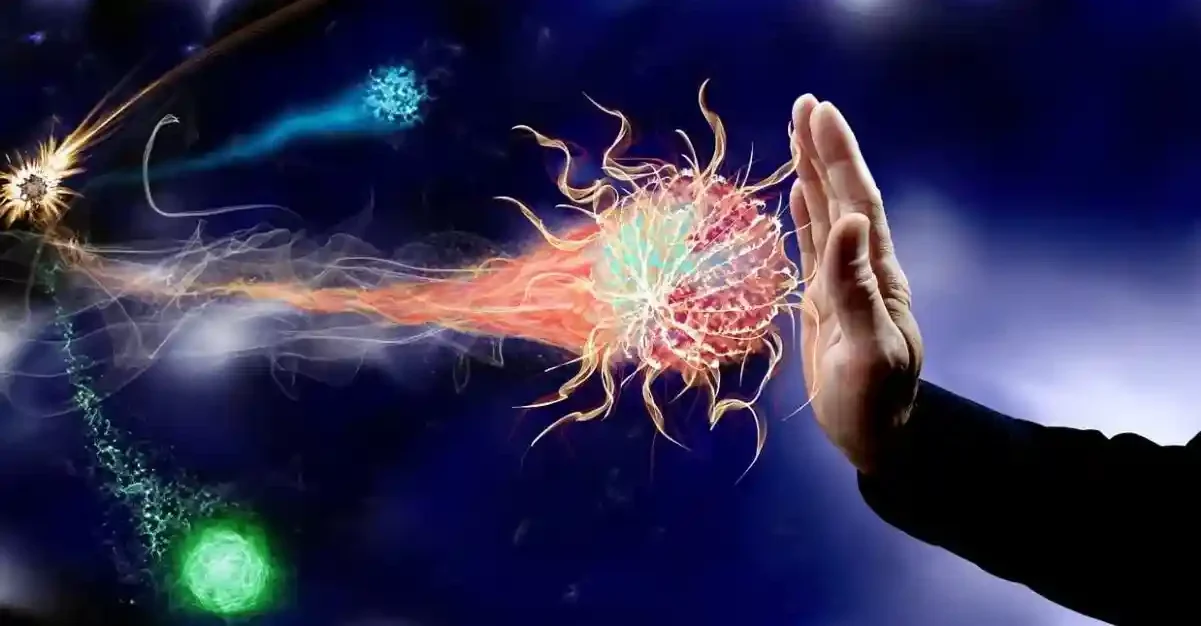
Tip #19: Check your home for Radon Gas
You will reduce your risk of lung cancer when you reduce radon levels, even if you’ve lived with a radon problem for a long time.
Environmental Protection Agency
Check your home for Radon Gas – Overview
•Ionizing radiation can induce leukaemia and a number of solid tumours.
•Radon is a cancer-causing, radioactive gas.
•Residential exposure to radon gas from soil and building materials is estimated to causes lung cancers.
•Scientists are more certain about radon risks than from most other cancer-causing substances.
•Radon can also be a problem in schools and workplaces.
•Some radon reduction systems can reduce radon levels in your home by up to 99%.
Radiation and cancer
Source: World Health Organisation
Ionizing radiation is carcinogenic to humans. Knowledge on radiation risk has been mainly acquired from epidemiological studies of the Japanese A-bomb survivors as well as from studies of medical and occupational radiation exposure cohorts. Ionizing radiation can induce leukaemia and a number of solid tumours, with higher risks at young age at exposure.
Residential exposure to radon gas from soil and building materials is estimated to cause between 3% and 14% of all lung cancers, making it the second cause of lung cancer after tobacco smoke. Radon levels in homes can be reduced by improving the ventilation and sealing floors and walls. Ionizing radiation is an essential diagnostic and therapeutic tool. To guarantee that benefits exceed potential radiation risks radiological medical procedures should be appropriately prescribed and properly performed, to reduce unnecessary radiation doses, particularly in children.
A Citizen’s Guide to Radon
Source: U.S Environmental Protection Agency(Extracts)
Radon is a cancer-causing, radioactive gas.
You can’t see radon. And you can’t smell it or taste it. But it may be a problem in your home.

Radon is estimated to cause many thousands of deaths each year. That’s because when you breathe air containing radon, you can get lung cancer. In fact, the Surgeon General has warned that radon is the second leading cause of lung cancer in the United States today. Only smoking causes more lung cancer deaths. If you smoke and your home has high radon levels, your risk of lung cancer is especially high.
Radon can be found all over the U.S.
Radon comes from the natural (radioactive) breakdown of uranium in soil, rock and water and gets into the air you breathe. Radon can be found all over the U.S. It can get into any type of building — homes, offices, and schools — and result in a high indoor radon level. But you and your family are most likely to get your greatest exposure at home, where you spend most of your time.
You should test for radon.
Testing is the only way to know if you and your family are at risk from radon. EPA and the Surgeon General recommend testing all homes below the third floor for radon. EPA also recommends testing in schools.
Testing is inexpensive and easy — it should only take a few minutes of your time. Millions of Americans have already tested their homes for radon.
You can fix a radon problem.
Radon reduction systems work and they are not too costly. Some radon reduction systems can reduce radon levels in your home by up to 99%. Even very high levels can be reduced to acceptable levels.
How Does Radon Get Into Your Home?
Any home may have a radon problem.
Radon is a radioactive gas. It comes from the natural decay of uranium that is found in nearly all soils. It typically moves up through the ground to the air above and into your home through cracks and other holes in the foundation. Your home traps radon inside, where it can build up. Any home may have a radon problem. This means new and old homes, well-sealed and drafty homes, and homes with or without basements.
Radon from soil gas is the main cause of radon problems. Sometimes radon enters the home through well water. In a small number of homes, the building materials can give off radon, too. However, building materials rarely cause radon problems by themselves.
RADON GETS IN THROUGH:
- Cracks in solid floors
- Construction joints
- Cracks in walls
- Gaps in suspended floors
- Gaps around service pipes
- Cavities inside walls
- The water supply
Nearly 1 out of every 15 homes in the U.S. is estimated to have elevated radon levels. Elevated levels of radon gas have been found in homes in your state. Contact your state radon office for general information about radon in your area. While radon problems may be more common in some areas, any home may have a problem. The only way to know about your home is to test.
Radon can also be a problem in schools and workplaces. Ask your state radon office about radon problems in schools, daycare and childcare facilities, and workplaces in your area.
Scientists are more certain about radon risks than from most other cancer-causing substances.
Radon gas decays into radioactive particles that can get trapped in your lungs when you breathe. As they break down further, these particles release small bursts of energy. This can damage lung tissue and lead to lung cancer over the course of your lifetime. Not everyone exposed to elevated levels of radon will develop lung cancer. And the amount of time between exposure and the onset of the disease may be many years.
Like other environmental pollutants, there is some uncertainty about the magnitude of radon health risks. However, we know more about radon risks than risks from most other cancer-causing substances. This is because estimates of radon risks are based on studies of cancer in humans (underground miners).
Smoking combined with radon is an especially serious health risk. Stop smoking and lower your radon level to reduce your lung cancer risk.
Children have been reported to have greater risk than adults of certain types of cancer from radiation, but there are currently no conclusive data on whether children are at greater risk than adults from radon.
Your chances of getting lung cancer from radon depend mostly on:
- How much radon is in your home
- The amount of time you spend in your home
- Whether you are a smoker or have ever smoked
Page updated 2024

